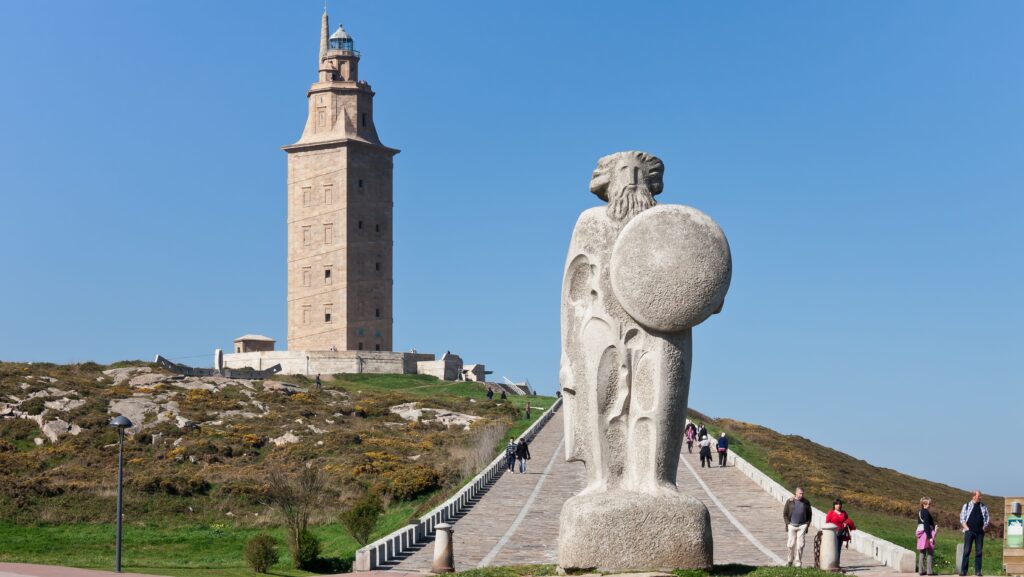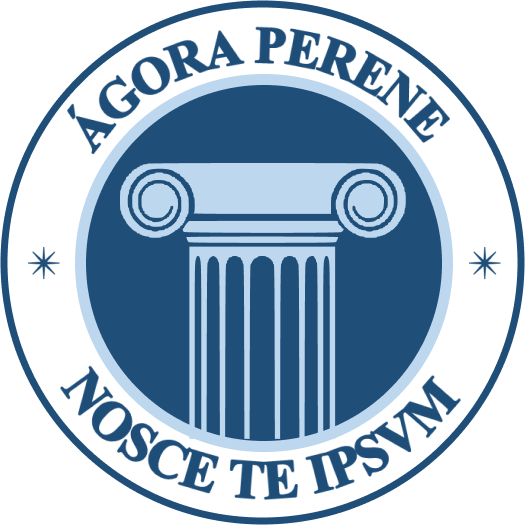
Since the beginning of the modern era, with the formation of European national states, the territory of Galicia in Spain has had the great misfortune of being caught in the crossfire between Castilian and Lusitanian centralism. After many centuries of isolation, there is finally a trend towards a rapprochement between Galicia and the world of Lusophony. The reintegrationist movement consists, through cultural, scientific, linguistic and economic cooperation agreements, of an integration project whose ultimate goal is the convergence of Galicia and Portugal to the common cultural trunk that united the two peoples in the pre-modern state past.
Tiago Barreira
Galicia is an Iberian region that has strong cultural and linguistic connections with the two countries that make up the Peninsula, both Portugal and Spain. In its history, the region was the origin of the Portuguese language and of the Condado Portucalense, which would become independent to form the current Portuguese state.
On the other hand, over the following centuries, the region progressively orbited around the Castilian state, receiving a series of Castilian cultural influxes. With borders increasingly demarcated in relation to the Portuguese world, this resulted in Galicia's isolation from the other bank of the Miño and its economic dependence on Madrid's centralism.
If Madrid's centralism isolated Galicia from Portugal, the Portuguese nationalist project itself also forgot Galicia. This project, centered on Lisbon's imperial project, would reinforce a sense of identity hostile to interference from the neighboring Castilian kingdom, clearly demarcating itself as anti-Castile. According to the Portuguese proverb: "From Spain, neither a good wind nor a good marriage". The Galicians would become, according to Luís de Camões (ironically of Galician origin), "sordid Galicians, a hard bunch".
The Galicians would be fatally included in this anti-Castilian vision, becoming part of the "Spanish enemies" against whom the Lisbon imperial monarchy would demarcate its identity and be proud to fight. Any reference to Galicia in the historical narrative of Portugal's foundation, and any mention of the common linguistic and cultural trunk uniting the two regions, would be ruthlessly erased.
In other words, from the beginning of the modern era, with the formation of European national states, Galicia had the great misfortune of finding itself in the crossfire between Castilian and Lusitanian centralism. Removed from the decision-making centers of both Lisbon and Madrid, it came to be seen as a foreign "other", without a defined flag of loyalty, becoming what, in the words of philologist Prof. Higino Martins, would be described as "gypsies with land".
After many centuries of isolation and mutual estrangement, a trend towards rapprochement between Galicia and the world of Lusophony has finally emerged in a context of integration reinforced by the Iberian countries' accession to the European Union in the 1980s. The reintegrationist movement consists, through cultural, scientific, linguistic and economic cooperation agreements, of an integration project whose ultimate goal is the convergence of Galicia and Portugal to the common cultural trunk that united the two peoples in the pre-modern state past.
Misinterpreted as a mere political project of separatism or "irredentism", reintegrationism seeks to transcend the concepts of national borders, recognizing the historical singularity of Portugal and Galicia as distinct political units. It points to a transversal cultural and economic project that aims to maximize all the potential within this large regional bloc, known as "Portugaliza", ignored and violently repressed after centuries of state centralism on both sides. This is an already concrete and existing regional bloc, a daily space for the circulation, exchange and movement of people, goods and services, the promotion of which is more than necessary to improve the quality of life of the local population.
Bringing Galicia closer to Lusophony does not imply abandoning Spain or "Hispanophobia" either. It is not a question of replacing the economic and cultural ties of the Hispanic world with those of the Portuguese world, since both linguistic universes can add to each other and not exclude each other, enriching Galician society as a whole. Like European countries such as Belgium or Switzerland, Galicia must make the most of its society's historical bilingualism in order to become a center of global influence.
Thinking of Galicia as a global center is a feasible possibility, given the advantages of having the mastery of two languages that cover a space of more than 700 million people in the world, and a GDP of $7.66 trillion (10% of global GDP).[1]reaching America, Africa and Asia.
In the words of Vicente Risco, the master of Galician nationalism, "Galicia is a world". It is from this perspective that Galician reintegrationism must be understood, so that Galicia can realize its cosmopolitan vocation of openness to the world.
[1] Source: Wikipedia https://es.wikipedia.org/wiki/Tres_Espacios_Ling%C3%BC%C3%ADsticos <Acesso em 10 de Setembro de 2024>
The opinions expressed in this article are the sole responsibility of the author and do not necessarily reflect the institutional opinion of Ágora Perene.
Tiago Barreira is a doctoral candidate in Philosophy at the University of Santiago de Compostela (USC), a postgraduate in Philosophy at the Faculdade de São Bento-RJ, a graduate in Economics from the Fundação Getulio Vargas Rio (FGV-Rio), a consultant and data analyst. He writes regularly on topics related to economics, philosophy and culture.

